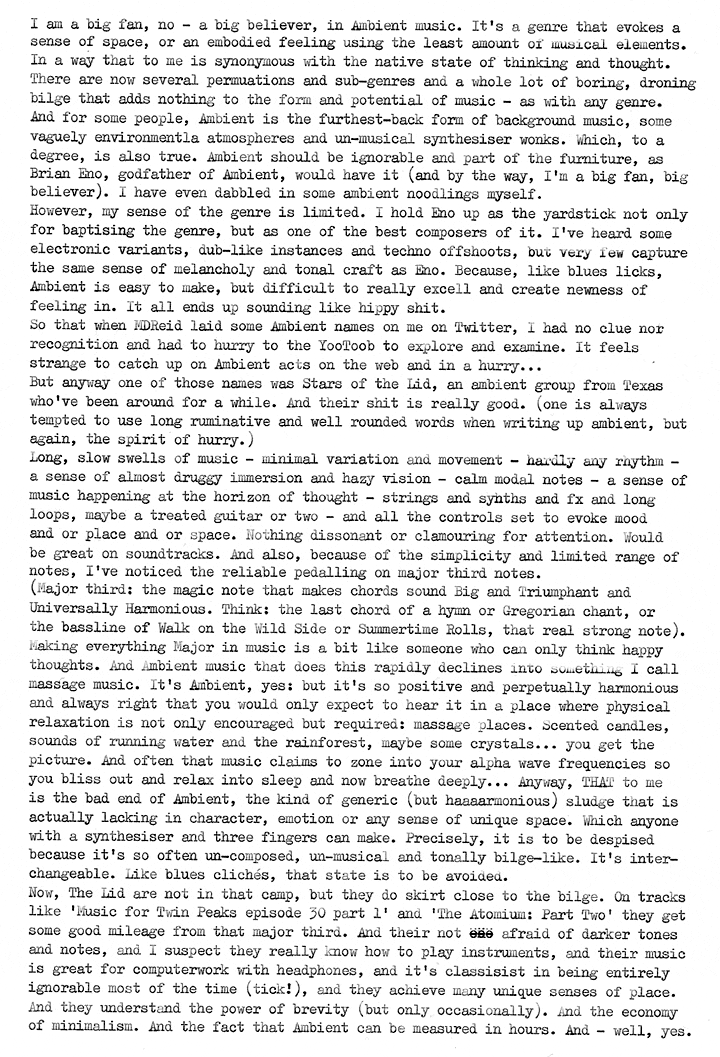And how a lot of art these days plays on image function in the media.
And how careful deliberation and introspection are voided by the steady streaming of slick, context-shortening images. And how there has never been a better time for image-makers.
And how I distrust all this. And how Gen X could by typified by this latent distrust for all things mediated.
And how I prefer images that are generated inwardly, imaginatively, from my own cortex. Like the mental pictures formed by well-crafted prose, or hearing a descriptive anecdote. And the way these mental images sit in your mind, memory and thought. Or the way classic painters like Rembrandt worked on levels beyond the immediately-visible, the way he added cerebral dimensions and contextual layers into his static-but-dynamic paintings. The way he communicated through them.
Maybe I'm regressing to an anti-imagist. Maybe this is why I love long shots in the cinema. Maybe it's why I cringe at the shallow footagism of news media, the bombast of the same blast footage over and over again.
Anyway. I wrote some prose texts for some photographic works by Ingvar Kenne. They were extremely well-balanced and framed studies of body and light, for a promotional brochure by his agency. Below are some of the off-cuts (when writing about photos you must have variations methinks), and they beg further linkage to the works, but I want to see if they stand alone too. They carry on, indirectly, with all these image-musings.
* * *
I had a realisation, just outside of the usual confines of beauty and pictures, when I looked at these bodily lines merging with light, fading in diffusion and shocked by gasps of red hair, that something goes wrong when we think of beauty in the abstract, either as a subject or a framing exercise or the infinite variety-play of feminine detail, as just another preview to seduction — it’s that we forget that framing is the poor-man’s stand-in for the embodied world, for the seduction of movement that comes in three dimensions. And so the great compositions know this, they reach for and draw out their limits, and the success of that loss is a gesture to the real, for everything beyond the frame.
* * *
Do you want to know what I think happens when we die, to our souls I mean? The nerves carry on for a while with their usual perception. But then the spirit loses detail at its edges, begins to fade and merge with the light; our personal outlines lose focus and eventually we’re diffused into space, as good as transparent, a vague afterglow of photons on the eye.
* * *
What makes an image powerful?
when you see new realities through itwhen a painter would be challenged to recreate itwhen the image is of something lostwhen a writer could induce a novel from it.
[Simple version: art engenders more art]

